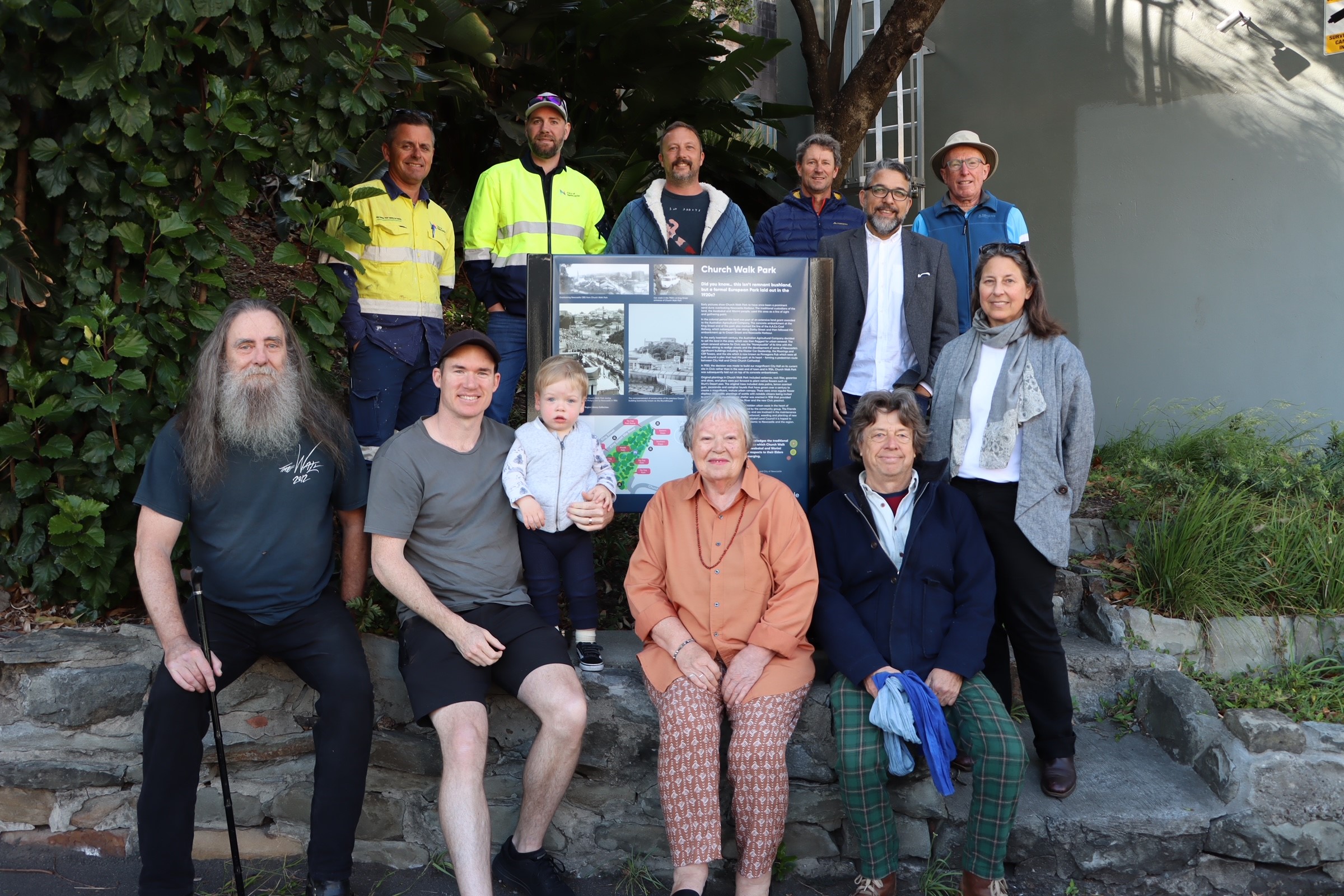
City of Newcastle (CN) has collaborated with community members to highlight a hidden green oasis in the heart of Newcastle's CBD.
New signage has been installed at the entry points to Church Walk Park, which explores the history of the area and provides visitors with an insight into the vast ecosystem that exists within the compact public space.
CN worked closely with volunteers from The Friends of Church Walk Park on the project, with the aim of increasing awareness of the park's significant heritage with respect to civic history, transport and coal mining and encourage visitors and residents to explore the space.
The park is known for its eclectic range of plants which reflect the age and changes in the park's design and function since its development in 1924. Earlier plantings in the eastern end of Church Walk Park are European in character with large camphor laurels and date palms. In the 1960s, plants including hibiscus and other exotic ornamental species were introduced. Australian native species of flora were the focus of planting up until the end of the 20th century and the 21st century saw the inclusion of native plants local to Newcastle. City of Newcastle has provided and planted a selection of plants endemic to the Newcastle and Hunter region with these species thriving throughout Church Walk Park.
It has entry points located on the corner of Church Street and McCormack Street as well as an entrance located on King Street. A winding path throughout allows visitors to discover the variety of plants and animals hidden within.
Church Walk Park is conserved by the community group, The Friends of Church Walk Park, who meet regularly and are involved in the maintenance of the park including the removal of deadwood, weeding and planting of new flora.
If you would like to get involved with the Friends of Church Walk Park, please click here.






